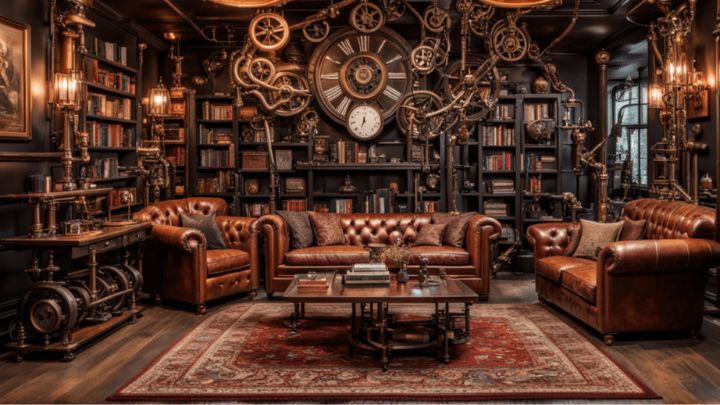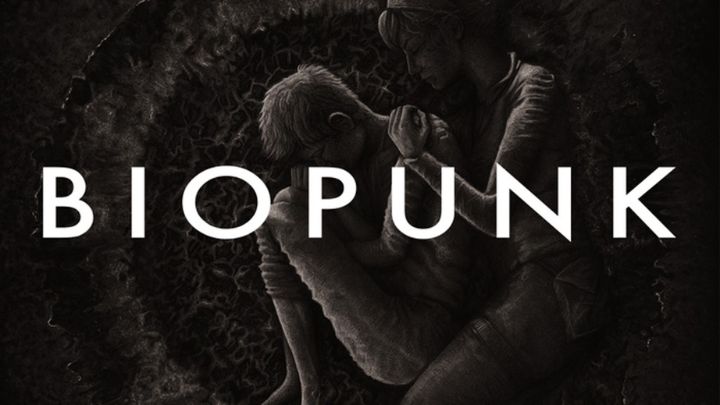Is Poor Things Steampunk?
Introduction to Steampunk
Steampunk—a genre that whirls together the elegance of Victorian aesthetics and the grit of industrial machinery. Imagine a world where steam-powered gadgets coexist with top hats, corsets, and airships soaring through smog-laden skies. This unique blend has captured the imagination of readers and creators alike, giving rise to a subculture brimming with creativity.
But what happens when these intricate gears meet modern narratives? Enter “Poor Things” by Alasdair Gray. This novel stands out in its own right but raises an intriguing question: does it fit into the steampunk category? Let’s embark on this exploration to uncover whether "Poor Things" truly belongs to this fascinating literary movement or if it dances along its edges instead.
Characteristics of Steampunk

Steampunk is a fascinating genre that merges the past with imaginative technology. It typically draws inspiration from the Victorian era, blending history and fantasy in intriguing ways. One of its defining characteristics is anachronism. You'll find steam-powered machinery alongside fantastical inventions. This mix creates a unique aesthetic that captivates readers.
Fashion plays a significant role as well. Think corsets, top hats, goggles, and gears—it's all about style that reflects both elegance and industrial grit.
Another hallmark is exploration and adventure. Characters often embark on journeys filled with discovery, pushing the boundaries of science and morality.
Steampunk heavily features rich world-building. Authors create intricate societies where class struggles and technological advancements collide, leading to thought-provoking narratives steeped in imagination.
Is Poor Things a Steampunk novel?
“Poor Things” by Alasdair Gray is often discussed in the context of various genres, making it a fascinating case study. But does it fit squarely into steampunk?
At first glance, its Victorian setting and whimsical inventions evoke the steampunk aesthetic. The narrative intertwines science fiction with a rich historical backdrop, reminiscent of the genre's hallmark traits.
However, its themes dig deeper than mere gadgets and gears. The story explores identity and autonomy through an unconventional lens. This elevation of character-driven storytelling sets it apart from traditional steampunk narratives that may focus more on technology.
While there are similarities in style and tone, “Poor Things” dances along the edges of genre classification. Its unique blend creates a captivating experience that challenges conventional boundaries without fully aligning itself with any one category.
Similarities and differences between Poor Things and traditional Steampunk works
Poor Things and traditional steampunk share a penchant for the fantastical. Both revel in reimagined Victorian aesthetics, where industrial machinery meets whimsical inventions. The imaginative landscapes often blur reality, inviting readers into an alternate timeline.
However, Poor Things diverges through its exploration of identity and autonomy. While classic steampunk tends to focus on adventure or societal critique, this novel digs deeper into the psyche of its characters. It challenges conventional notions of life and humanity.
The technology depicted in Poor Things feels more experimental than the brass gears and steam-powered gadgets typical of steampunk lore. Instead of mere embellishments, these elements serve as crucial narrative devices that propel character development.
While both genres embrace themes of progress and innovation, Poor Things does so with a unique twist—imbuing them with emotional depth that resonates beyond mechanical marvels alone.
Themes explored in Poor Things
The protagonist's journey raises questions about what it means to be human. Through her unique experiences, readers are invited to ponder the essence of individuality.
The novel also explores themes of autonomy and control. Characters grapple with societal expectations while challenging traditional norms. This rebellion is refreshing in a world often defined by conformity.
Another significant theme is the intersection of science and morality. The ethical implications surrounding creation blur lines between genius and madness. Readers are left questioning where innovation ends and moral responsibility begins.
Additionally, "Poor Things" addresses gender roles within its narrative framework. It challenges stereotypes, inviting discussions around femininity and power dynamics in society. Each theme interweaves seamlessly, creating a rich tapestry that speaks to both personal struggle and broader societal issues.
Conclusion: the blurring lines of genre in literature
The world of literature is a vast and intricate tapestry. Genres often overlap, creating rich narratives that defy simple categorization. Poor Things certainly dances along the edges of steampunk, borrowing elements while maintaining its unique identity.
As readers explore this novel, they may find themselves questioning traditional definitions. The presence of Victorian aesthetics and scientific curiosities evokes familiar steampunk vibes. Yet, the story’s themes and character depth push beyond those boundaries.
Literature thrives on these blurred lines. They invite us to think critically about what we read and how we define genre conventions. As stories like Poor Things emerge, they challenge our perceptions and encourage exploration into uncharted territories of imagination.
Whether one classifies Poor Things as steampunk or not becomes secondary to the experience it offers. It invites conversation and reflection on both its content and broader literary trends—a reminder that stories can be endlessly layered yet profoundly personal.






Leave a comment